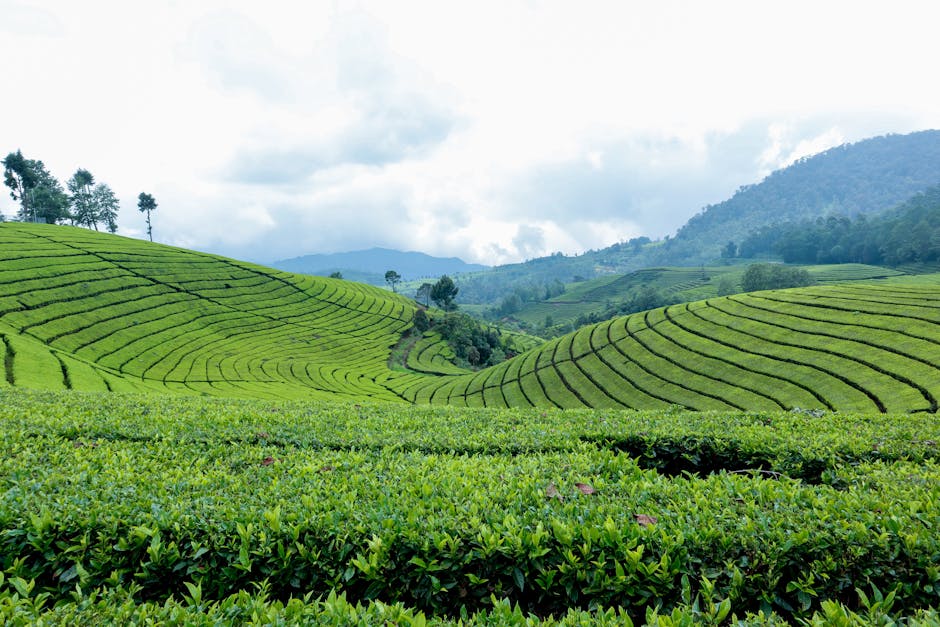Among the most vulnerable staple crops are those reliant on precise climatic conditions for optimal growth. Rice, a cornerstone of diets for billions, exemplifies this. Temperature increases, especially during crucial reproductive stages, directly impact grain filling and ultimately, yield. Furthermore, changes in precipitation patterns, leading to either prolonged droughts or devastating floods, severely disrupt rice cultivation. Flooding can damage plants directly, while prolonged droughts result in water stress, stunted growth, and reduced yields. Saltwater intrusion in coastal regions, exacerbated by sea-level rise, further threatens rice cultivation in many parts of Asia.
Maize, another vital global food source, also exhibits considerable vulnerability. High temperatures during pollination can drastically reduce kernel formation and overall yield. Similar to rice, maize is sensitive to water stress, with drought conditions leading to reduced yields and poor grain quality. Furthermore, the increasing frequency of heatwaves can cause irreversible damage to maize plants, particularly during sensitive developmental stages. The interaction of high temperatures and drought conditions magnifies the negative impact, creating a compounding effect on maize production.
Wheat, a major source of calories and protein globally, demonstrates similar susceptibilities. High temperatures during grain filling are detrimental to wheat yields, resulting in smaller kernels and reduced grain weight. Changes in precipitation patterns, including both droughts and excessive rainfall, also negatively affect wheat production. Excessive rainfall can lead to fungal diseases and lodging (stem breakage), while drought stress causes reduced tillering (branching), leading to fewer heads and lower yields. Early or late frosts, made more frequent and intense by shifting climate patterns, further jeopardize wheat cultivation.
Coffee production faces significant challenges from climate change. Coffee plants are particularly sensitive to temperature changes. A slight increase in average temperature can severely impact bean quality and yield, leading to economic losses for farmers. Changes in rainfall patterns can lead to water stress or increased susceptibility to pests and diseases. The changing climate also shifts the optimal growing range of coffee plants, forcing farmers to adapt or abandon their livelihoods.
Cocoa, another valuable crop, demonstrates similar vulnerabilities. Cocoa trees thrive in specific temperature and humidity ranges, and deviations from these optimal conditions can reduce yields and quality. Increased temperatures can disrupt the delicate balance of cocoa pollination and bean development. Higher temperatures also lead to increased incidence of fungal diseases, further impacting productivity. Changes in rainfall patterns, particularly prolonged droughts, can lead to significant water stress, hindering growth and production.
Certain fruits and vegetables demonstrate high sensitivities too. Many fruits, such as apples and cherries, have specific chilling requirements during dormancy to break bud and flower correctly. Warmer winters can disrupt this process, resulting in reduced yields and poor fruit quality. Many vegetables, including lettuce and spinach, are highly sensitive to heat stress, showing reduced yields and poor quality at elevated temperatures. Changes in rainfall patterns can affect both the quantity and quality of harvests.
Addressing the challenges posed by climate change to these vulnerable crops requires a multi-pronged approach. Developing climate-resilient crop varieties through breeding programs is crucial. This involves selecting for traits such as drought tolerance, heat tolerance, and resistance to pests and diseases. Improved agronomic practices, such as water-efficient irrigation techniques and conservation tillage, can also help to mitigate the impacts of climate change. Diversification of crops and improved farming practices increase resilience against climate fluctuations.
Furthermore, investing in climate-smart agriculture technologies, like precision agriculture and weather forecasting, can help farmers make informed decisions about planting times, irrigation, and pest management. Strengthening early warning systems for extreme weather events allows for timely interventions to minimize crop losses. Finally, policies aimed at reducing greenhouse gas emissions are essential to mitigating the long-term effects of climate change on agriculture. Global collaboration is vital in sharing knowledge, technologies, and resources to ensure food security in the face of these significant environmental changes. The future of food security hinges on our ability to adapt and mitigate the impacts of climate change on these vulnerable crops.
